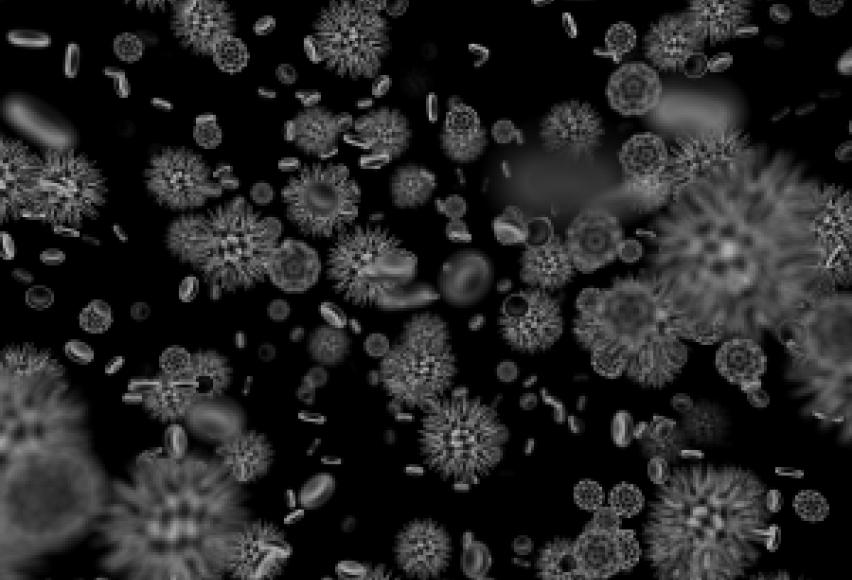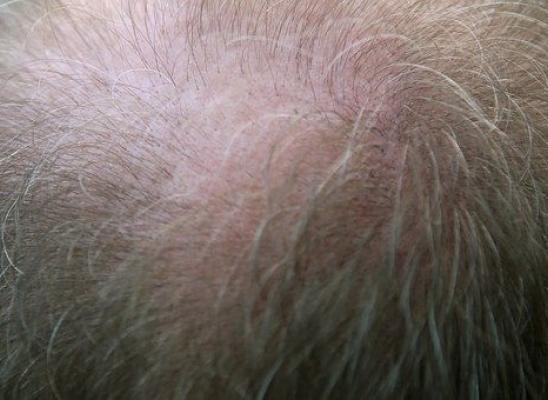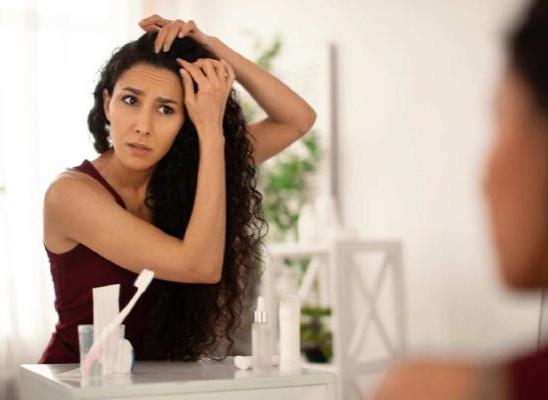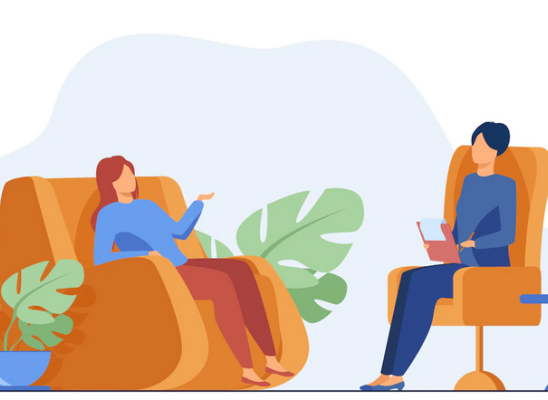Is Hair Pulling a Disease?

Online test
Find out the severity of your symptoms with this free online test
Trichotillomania, by definition, is the compulsive urge for a person to pull out his or her own hair. It has an unfortunate tendency to be referred to as “hair pulling disease”. While this may pass in some circles as a fast and easy off-hand description of trichotillomania, such a snap depiction is inaccurate.
General Overview of Trichotillomania
Referring to trichotillomania as merely a hair pulling disease is erroneous in part because it undermines its severe nature.
A person suffering from trichotillomania can be negatively impacted in a host of ways, including:
- Suffering from noticeable hair loss
- Increased levels of distress
- Social impairment
- Functional impairment
In some cases, trichotillomania is marked by the ingestion of hair after it has been pulled out. Because its presence comes with such a strong negative social connotation, it is oftentimes unreported, making its prevalence in terms of gender and demographics difficult to pinpoint. That being said, it has been theorized that the peak age at which trichotillomania manifests itself is between 9 and 13. It is tough to treat, and it is oftentimes recurring in nature.
A Disorder, Not a Disease
The biggest misconception that comes with referring to trichotillomania as “hair pulling disease” is that referring to it as a disease is a clear misclassification. Trichotillomania is officially classified as an impulse control disorder by the American Psychiatric Association, and not a disease.
While one may not think it’s a big deal to interchange the word “disease” with “disorder,” the truth is that there is a rather large difference between the two. A disease is broad term referring to any condition that disrupts normal functionality and homeostasis typically linked by pathogenic agents and clear symptoms. A disorder, on the other hand, is a term marked by a functional disturbance or abnormality. The term disorder also carries a less stigmatizing connotation than disease, as the latter classification does tend to imply levels of contagiousness than the former does not.
In the case of tricotillomania, this is a designation that is rather critical. While there is of course an unpleasant, socially-based negative side effect tied to the disorder, it is not something that is caused by a virus, a spore, or some other pathogen, nor is it something that can be transmitted from person to person. To be sure, it is not something that should cause a person that does not have tricotillomania to shy away from a person that does for fear of catching the disorder.
How Trichotillmania is Treated
Treatment of trichotillomania can be difficult, but it is something that can be done. Essentially, there are two methods to treat the disorder. The first method is through various forms of psychotherapy such as habit reversal training (HRT), biofeedback, and cognitive-behavioral conventions. The second method is through medication, although it has been noted that this process is not as effective as psychotherapeutic methods.
In the case of either treatment method, it has been recommended that awareness and reassurance play a key role in treating the disorder. This is especially important considering that trichotillomania tends to manifest itself the most at an age where kids are turning into adolescents. If a young person in this particular age group is potentially suffering from trichotillomania and is not made aware of the disorder, this could make a period of life that is socially awkward enough as it is to be even tougher. On the other hand, these types of awareness and assurance behaviors can give the person suffering from trichotillomania the feeling of control and empowerment over the disorder. And at the end of the day, restoring this sense of order is the most important thing that can be done.
Online test
Find out the severity of your symptoms with this free online test
Start your journey with TrichStop
Take control of your life and find freedom from hair pulling through professional therapy and evidence-based behavioral techniques.
Start Now



